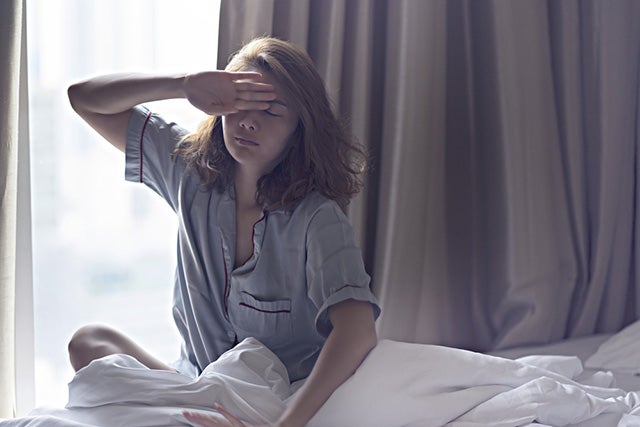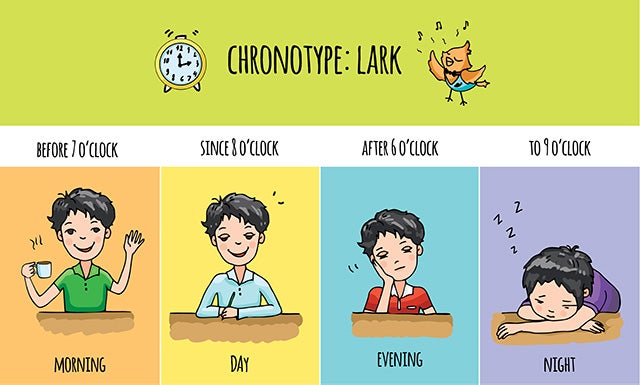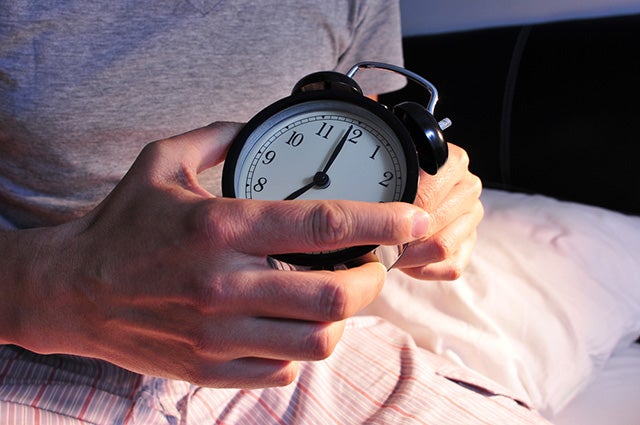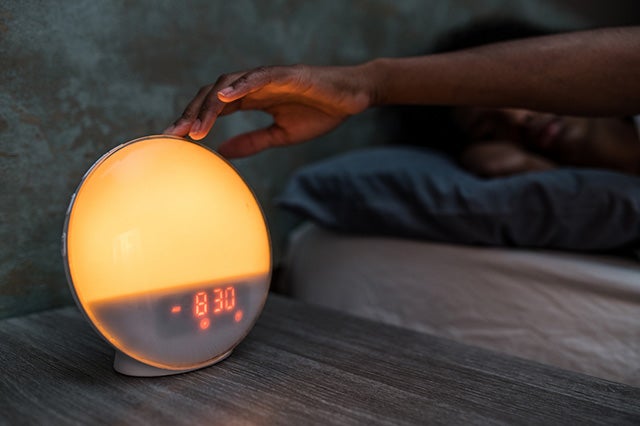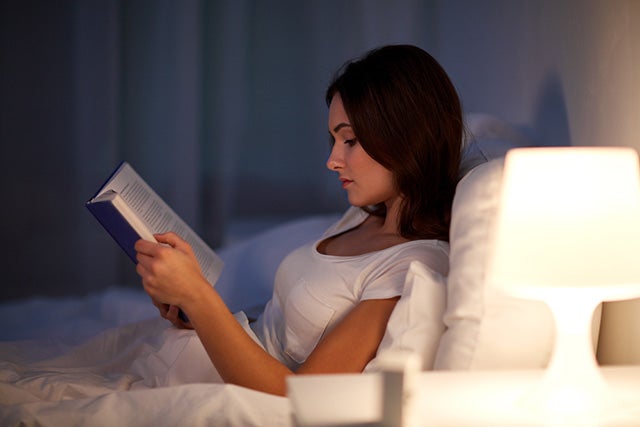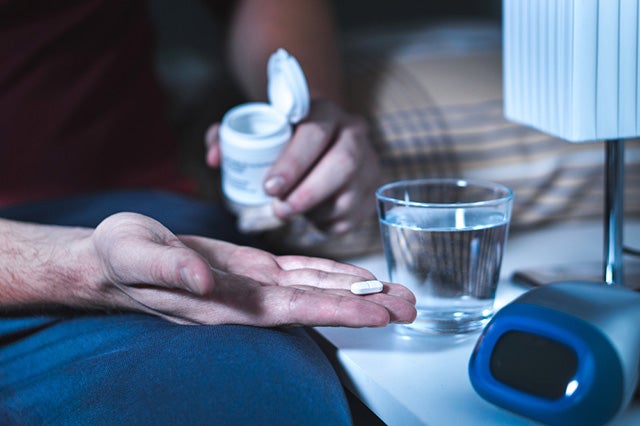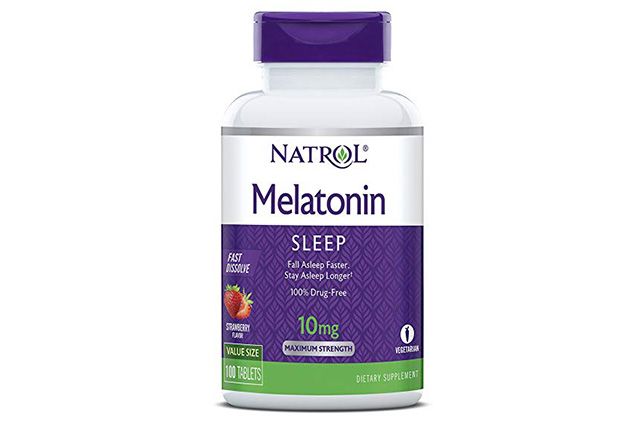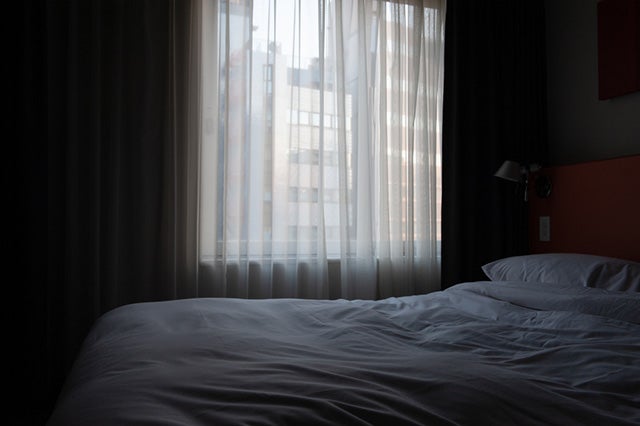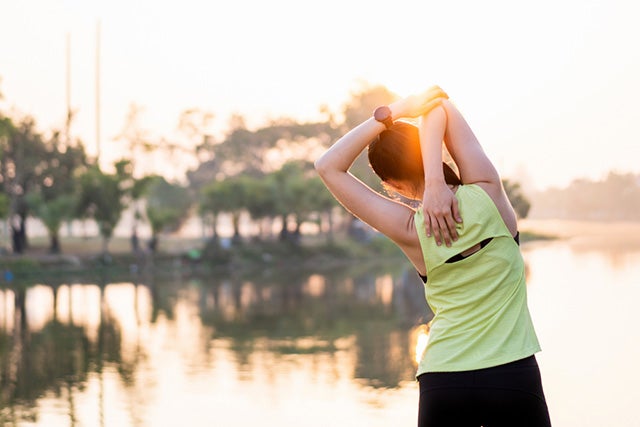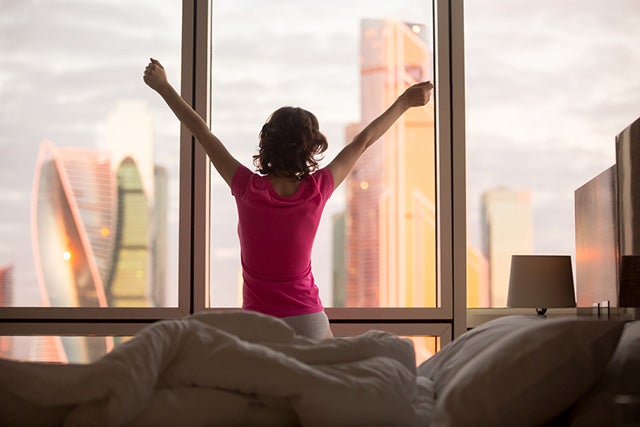Do you struggle to wake up in the morning? Are you more of a night owl?
While some people have the sort of life that lets them sleep in late, most of us have daily responsibilities that require us to be early birds. If you have problems waking up early, let me give you a few tips on becoming a morning person.
A Word on Chronotype
Your innate proclivity to be a morning or night person is referred to as your chronotype. Chronotypes are occasionally referred to in animal terms, although there is no scientific connection between these designations and human sleep phases.
While whether you’re energized at first light or at your best in the wee tiny hours is primarily determined by heredity, it is feasible to alter your sleeping and waking cycles, even if the changes are temporary.
How to Become a Morning Person
1. Readjust Your Bedtime Goals
Getting a good night’s sleep is critical for your health. Sleep specialists advised that you begin by sleeping between 20 minutes and two hours earlier each night.
Over several weeks, gradually advance your nighttime routine until your bedtime permits you to receive the necessary amount of sleep before your alarm wake-up in the morning.
Count backward from when your alarm goes off, aiming for seven to nine hours of sleep per night. That will eventually be your target bedtime. If you’re accustomed to sleeping soundly after midnight, forcing yourself to do so at 10:00 p.m. is certain to backfire.
Go to bed at least 15 or 20 minutes earlier than usual for a few days. Then, for many further days, move it back 15 minutes.
2. Establish a Morning Routine
Including activities that make you feel pleased and enthusiastic in your morning routine could give you further motivation to get out of bed. This might involve your favorite morning beverage, or a few minutes spent outside with your cherished pet.
While pressing the snooze button may be tempting, this may be detrimental. Around two to three hours before your typical wake-up time, the body begins naturally preparing to awaken, and pushing snooze may send confusing messages to the internal body clock.
Individuals who get enough sleep would not require an alarm clock in an ideal world. Research indicates that more melodic alarm sounds help you overcome the drowsy sensation known as sleep inertia if you require an alarm.
Additionally, you could explore using light as an alarm clock. Sometimes, not pulling those blackout curtains shut might help you get out of bed faster.
3. But Also, a Nighttime Routine
Sleeping is not as simple as turning out the lights. If you’re attempting to break a lifelong habit of midnight activity, it may assist in establishing routines that give your brain a bedtime signal.
This could be anything: journaling, crafting, doing crossword puzzles, reading books, taking a warm bath. These calming rituals can all assist you in developing a pleasant and relaxing nightly routine that promotes an earlier start to your sleep cycle.
4. Be Mindful of What You Eat & Drink
Accordi ng to a 2020 review of nutrition and chronotype research, evening folks eat their dinner much later in the day than morning people. The studies found that evening people, on average, miss breakfast, consume fewer vegetables, and drink more alcohol and caffeine than morning persons.
If you want to sleep better and wake up sooner, you may wish to adjust your eating habits to promote better sleep. According to sleep specialists, caffeine and alcohol should be avoided close to bedtime, and the heaviest meal of the day should be consumed earlier in the day.
Avoid drinking alcohol and eating excessively close to bedtime – you risk interrupting your sleep, making it more difficult to wake up the next day.
Eliminate alcohol consumption three to four hours before bedtime and limit yourself to no more than two drinks. If you must eat near bedtime, limit yourself to a short meal or snack of no more than 600 calories.
5. Consider Melatonin Supplements
You might be genetically programmed in such a way that makes it more or less difficult to adjust your sleep routine. If you require further assistance sleeping sooner, consider natural sleep aids such as melatonin supplements rather than sleeping pills.
Melatonin supplementation has been shown in studies to help you fall asleep faster. Additionally, it lengthens your sleeping to assist you in meeting your sleep need and avoiding clicking snooze when your alarm goes off. Consult your primary physician before adding melatonin to your diet.
The United States Food and Drug Administration does not regulate most dietary supplements, and melatonin aids are part of the equation. Avoid being duped by purchasing products that bear the “USP Verified” seal.
If you see this seal, you can be sure the product has been evaluated by the United States Pharmacopeia Convention. This not-for-profit organization establishes public quality standards for health products such as dietary supplements.
6. Beware of Light Exposure
Make light exposure a priority during your morning routine. As soon as you awaken, bask in bright light for at least ten minutes. If no natural light is available, a light lamp should be used instead.
Dim the lights and put on blue-light-blocking glasses at least 90 minutes before your desired sleep at night, as all types of artificial light, particularly blue light, suppress your body’s melatonin production.
7. Track Your Progress
You may notice changes in your mood, productivity, or energy levels when your sleep cycle begins to alter. You can track of these changes as they occur, as reflecting on the good effects can keep you motivated when you feel drowsy or disoriented.
Download an app, make a vision board, create an Excel spreadsheet, or even start journaling. Record your progress by whatever means you find most appealing.
8. Exercise
Exercise increases your body’s core temperature and alleviates morning grogginess, assisting you in waking up more readily. Additionally, low- to moderate-intensity workouts increase your energy levels and improve sleep quality.
Working out has been known to help shift your sleep phase earlier in the evening. According to a recent study that followed 52 participants’ sleep and exercise routines, those with an evening chronotype could shift their sleep cycle to an earlier time of day by exercising in the morning or evening.
Once you’ve established a more morning-oriented sleep cycle, you should exercise early in the day to maintain your new sleeping pattern.
9. Keep Your Eyes on the Prize
If excessive daytime sleepiness or the gradual pace of change periodically discourages you, it may be good to remember why you started this path in the first place. If the practical reason for being a morning person is insufficient motivation, you may benefit from analyzing what behavioral psychologists refer to as “superordinate goals.”
When other tactics fail, thinking or writing about relationships, personal beliefs, dreams, aspirations, and the traits of your own identity can motivate you to overcome barriers and difficulties.
10. Remember to Reward Your Milestone
According to research, when people pursue long-term goals, they are more motivated if they recognize minor victories along the way. Consider ways to reward yourself for completing difficult tasks as you develop your strategy for becoming a morning person.
You are aware of the experiences and indulgences that are most meaningful to you. Utilize your weekly accomplishments to serve as a micro-motivator.
Final Words
Exercise and diet can assist you in readjusting your sleep routine. New nighttime rituals and an earlier bedtime will assist, and you may also benefit from adjusting the illumination in your sleeping environment.
Once you begin rising early, monitor any beneficial impacts, reward yourself frequently, and remind yourself of your broader goals if the going becomes tough.
Photo credit: Svetlosila/Shutterstock; PONG HANDSOME/Shutterstock;
nito/Shutterstock; Ptashkimenko/Shutterstock; Syda Productions/Shutterstock;
Tero Vesalainen/Shutterstock; Paola Ruvioli/Shutterstock;
Sengchoy Int/Shutterstock; fizkes/Shutterstock; jamesteohart/Shutterstock
